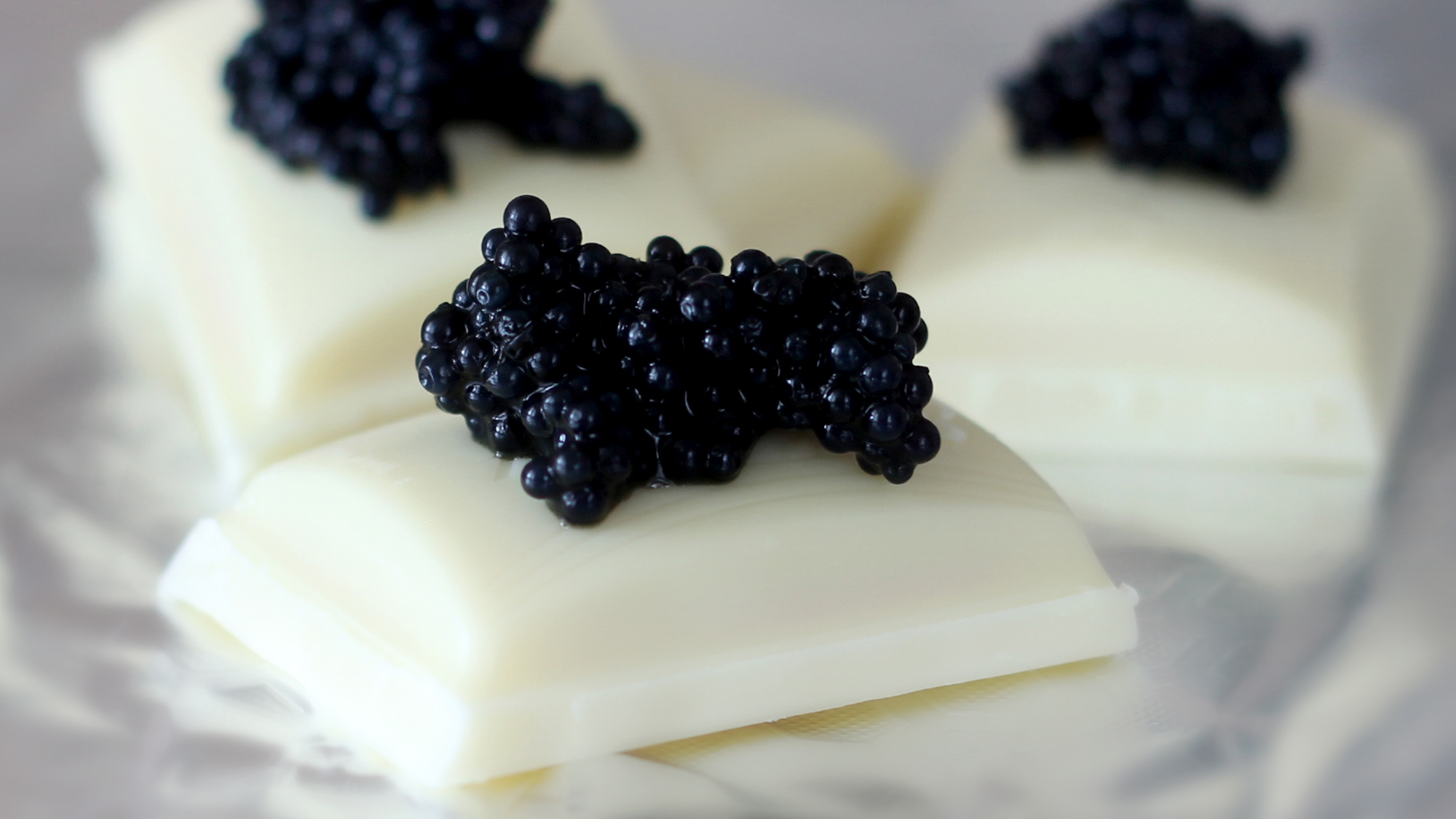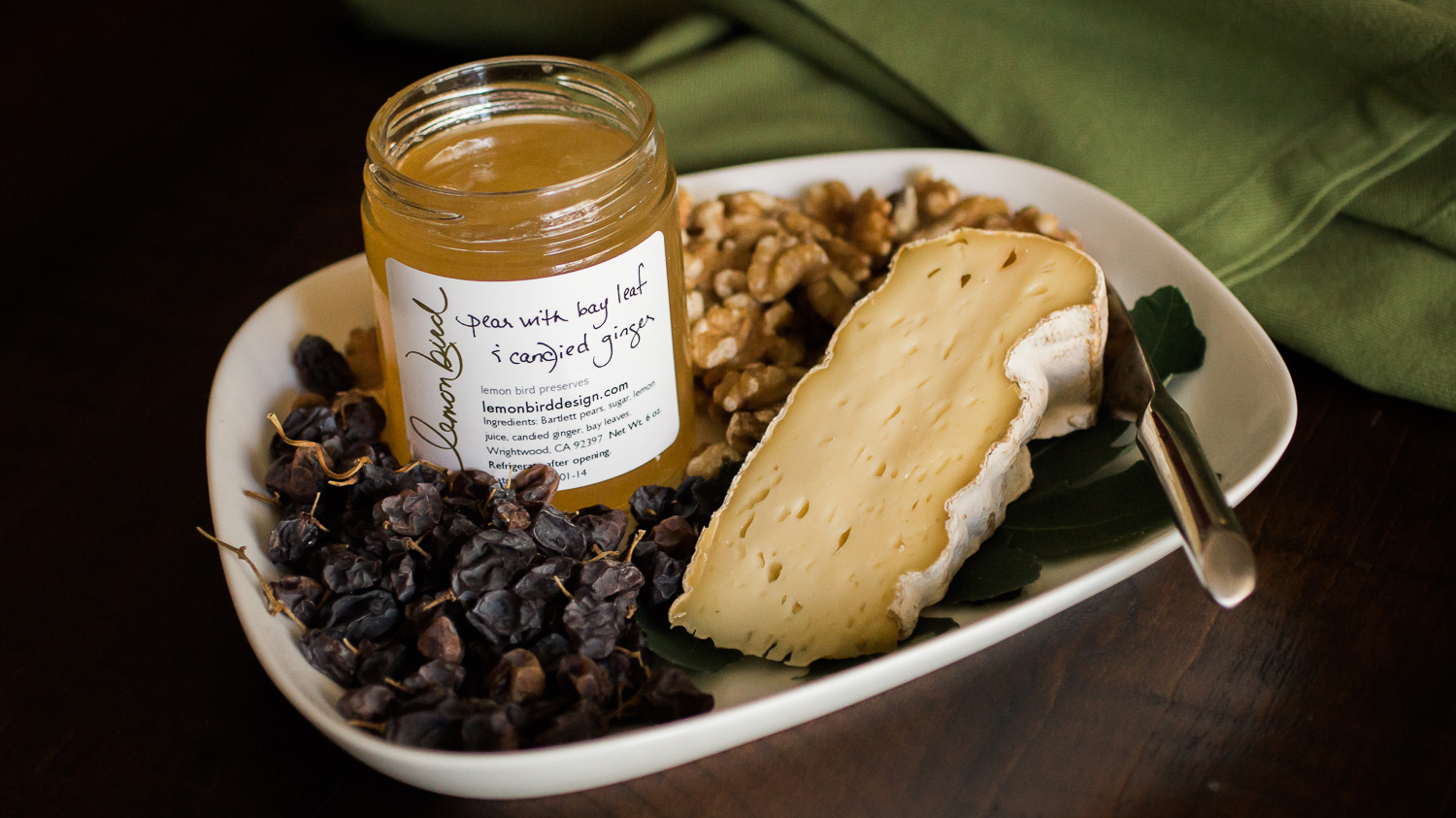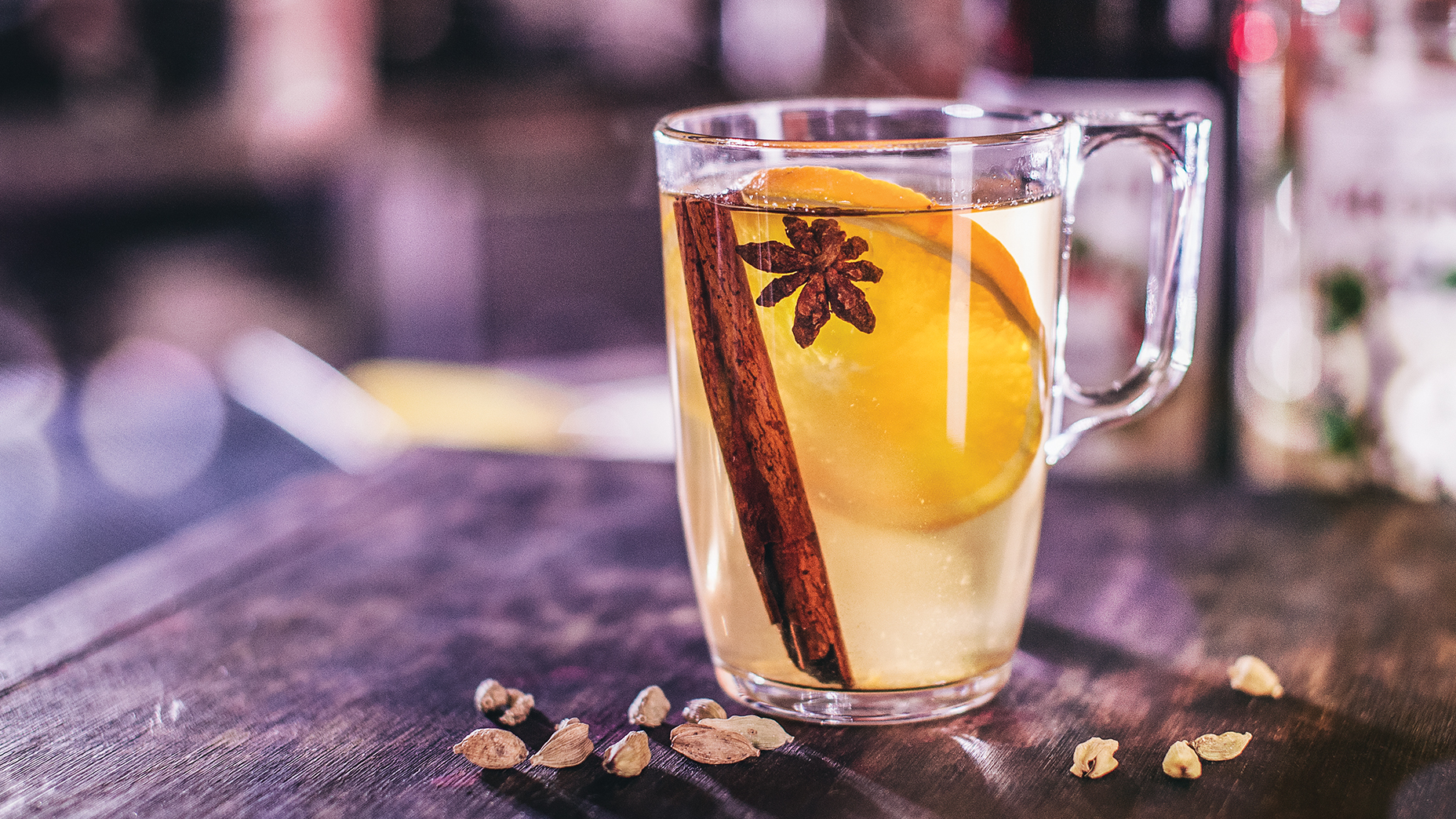Taste consists of tactile and olfactory sensations. Receptors give us an idea of the combination of sweet, salty, bitter, sour and texture, but in reality, 80% of the taste of a dish is in its aroma.
Scientists have found that if one or more key components of the aroma of two products are the same, they are likely to go well together. A method called food pairing is based on this discovery: it helps determine which ingredients can be used together. All the combinations we know (like egg and bacon, tomato and basil) were selected by trial and error. Now you can create recipes on a scientific basis, relying on molecular gastronomy.
The “kitchen alchemist” Heston Blumenthal, chef of The Fat Duck restaurant in the suburbs of London, drew attention to this science. Noticing that salty foods brought out the taste of sweet ones more vividly, he began experimenting and discovered that white chocolate goes perfectly with caviar.

Such an unexpected pair interested him, and having delved into the study of the issue, he came to the conclusion: to create a successful combination, it is necessary that the products contain similar molecular compounds that underlie the aroma. Following this principle, he showed the world very unusual options: coffee and garlic, cucumber and violet, oysters and passion fruit.
Food pairing is an innovative approach that pushes the boundaries of recipe creation. Thanks to it, it becomes possible to use ingredients in an unusual way, but not at random, but focusing on their chemical properties.

The method is suitable for both the kitchen and the bar, but it cannot be called a panacea. Since the molecular composition of each product is very complex, matching several compounds does not guarantee a 100% result. Therefore, scientific justification does not at all automate the process of creating recipes: as in any form of creativity, imagination and intuition remain the key elements of success.
In a broader sense, food pairing is the search for successful combinations of drinks and dishes based on key flavors. The most striking example here, of course, is the combination of food and wine: certain types of red with meat, white with fish. In addition, the cultural traditions of regional cuisines give us a general idea of the patterns of combinations: sushi with sake (shades the taste), spicy Korean dishes with beer (balances the spiciness), heavy Russian dishes with vodka (is a digestive). However, this also sets certain limits: in fact, we use only a small fraction of possible combinations according to the principle “if it is so accepted, this is the correct option.”

The food pairing method makes it possible to reveal new facets of familiar recipes. Its principle of use in this case is the same as with individual ingredients: combinations are selected according to the main aromas. There are even special applications , ratings and indexes for calculating good combinations.
This truth won't come as a revelation, but when it comes to taste, it's all in the combination of foods. And food pairing gives way to the imagination, removing speed limits :)
















































/https%3A%2F%2Fcomplexbar.com%2Fimages%2Fblog%2F58%2Fisa-fotios.jpeg)
/https%3A%2F%2Fcomplexbar.com%2Fimages%2Fblog%2F246%2Fsirop_scale_2400.jpeg)
/https%3A%2F%2Fcomplexbar.com%2Fimages%2Fblog%2F246%2Fkofe-vostochniy.jpg)
/https%3A%2F%2Fcomplexbar.com%2Fimages%2Fblog%2F245%2Fpexels-jason-villanueva-851555.jpg)
/https%3A%2F%2Fcomplexbar.com%2Fimages%2Fblog%2F246%2F2024-04-09_17.22.54.jpg)
/https%3A%2F%2Fcomplexbar.com%2Fimages%2Fblog%2F246%2F2024-04-09_17.22.47.jpg)
/https%3A%2F%2Fcomplexbar.com%2Fimages%2Fblog%2F246%2FCODE_anons_foamydrops_752%D1%85480_eng.jpg)
/https%3A%2F%2Fcomplexbar.com%2Fimages%2Fblog%2F246%2FAlina_752%D1%85480_eng.jpg)
/https%3A%2F%2Fcomplexbar.com%2Fimages%2Fblog%2F246%2F2024-04-09_17.23.22.jpg)
/https%3A%2F%2Fcomplexbar.com%2Fimages%2Fblog%2F246%2F2024-04-09_17.23.28.jpg)
/https%3A%2F%2Fcomplexbar.com%2Fimages%2Fblog%2F246%2F2024-04-09_17.23.35.jpg)
/https%3A%2F%2Fcomplexbar.com%2Fimages%2Fblog%2F246%2Fdrinksome_752%D1%85480_eng.jpg)
/https%3A%2F%2Fcomplexbar.com%2Fimages%2Fblog%2F246%2Fnude_752%D1%85480_eng.jpg)
/https%3A%2F%2Fcomplexbar.com%2Fimages%2Fblog%2F246%2F752%D1%85480_eng__1_.jpg)
/https%3A%2F%2Fcomplexbar.com%2Fimages%2Fblog%2F246%2F752%D1%85480_eng.jpg)
/https%3A%2F%2Fcomplexbar.com%2Fimages%2Fblog%2F246%2FStudioRaw_752%D1%85480_eng.jpg)
/https%3A%2F%2Fcomplexbar.com%2Fimages%2Fblog%2F246%2FDoppio_tea_752%D1%85480_eng.jpg)
/https%3A%2F%2Fcomplexbar.com%2Fimages%2Fblog%2F246%2FTognana_Stars_Stripes_752%D1%85480_eng.jpg)
/https%3A%2F%2Fcomplexbar.com%2Fimages%2Fblog%2F246%2FRona_752%D1%85480_eng.jpg)
/https%3A%2F%2Fcomplexbar.com%2Fimages%2Fblog%2F246%2FDoppio_vending_752%D1%85480_eng.jpg)
/https%3A%2F%2Fcomplexbar.com%2Fimages%2Fblog%2F246%2FEssence_sukhie_smesi_752%D1%85480_eng.jpg)
/https%3A%2F%2Fcomplexbar.com%2Fimages%2Fblog%2F246%2FODK_sukhie_smesi752%D1%85480_eng.jpg)
/https%3A%2F%2Fcomplexbar.com%2Fimages%2Fblog%2F246%2Funiforma-barmena.jpg)
/https%3A%2F%2Fcomplexbar.com%2Fimages%2Fblog%2F246%2Fkak-nanyat-barmena.jpg)
/https%3A%2F%2Fcomplexbar.com%2Fimages%2Fblog%2F246%2Fsirop_scale_2400.jpeg)
/https%3A%2F%2Fcomplexbar.com%2Fimages%2Fblog%2F246%2FPeugeot_Anons_Paris_U%27Select_Line_Daman_752%D1%85480_eng.jpg)
/https%3A%2F%2Fcomplexbar.com%2Fimages%2Fblog%2F246%2Fkofe-vostochniy.jpg)
/https%3A%2F%2Fcomplexbar.com%2Fimages%2Fblog%2F246%2FMadler.jpg)
/https%3A%2F%2Fcomplexbar.com%2Fimages%2Fblog%2F246%2Fprofbartender_glavn.jpeg)